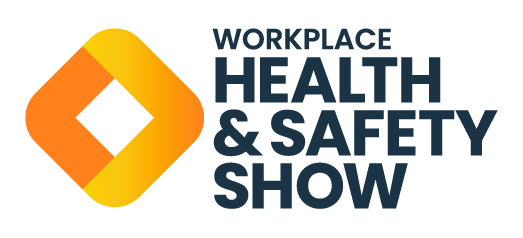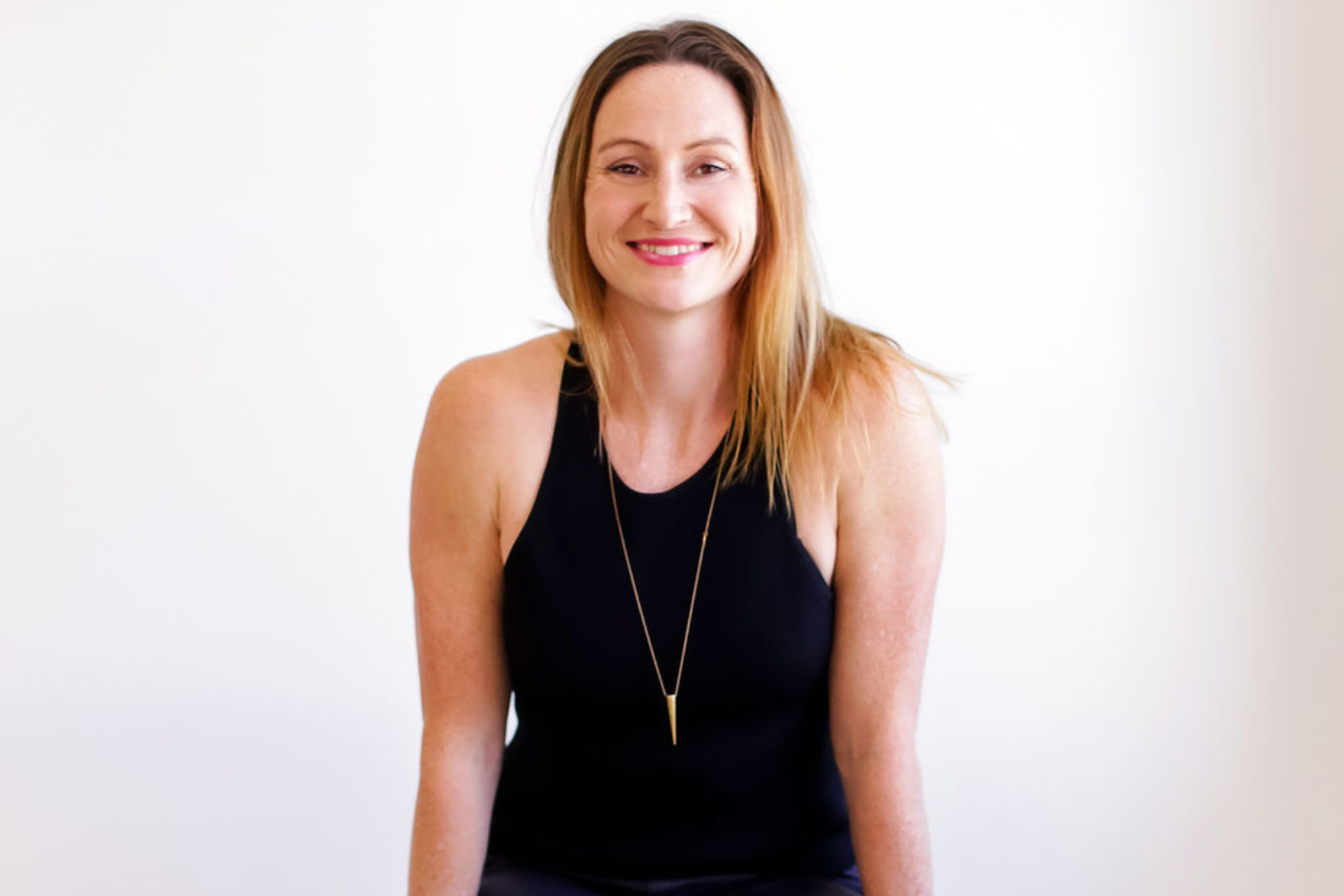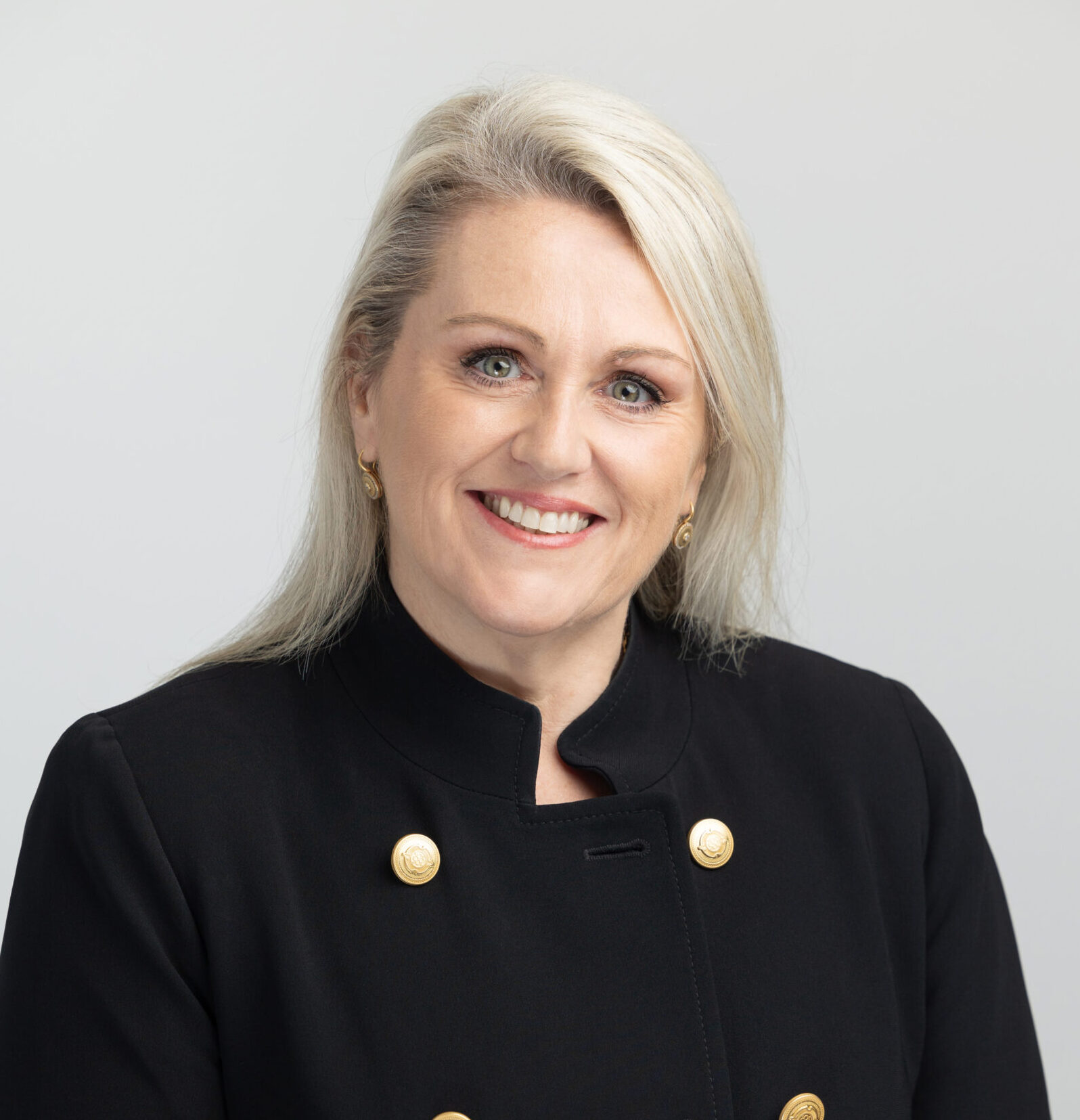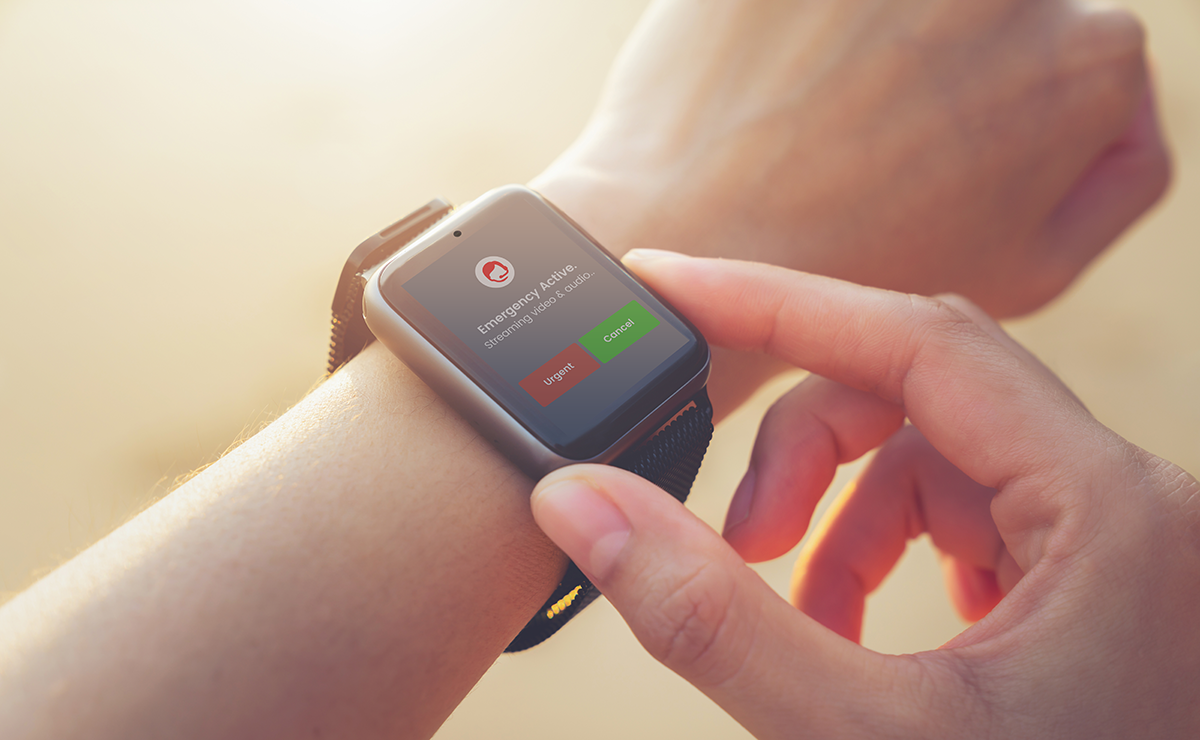Nobody Wants to Own Psychosocial Health and Safety and It is Costing Australian Businesses More Than They Realise
By Louise Thompson Head of Risk at Foremind
I have lost count of how many times I have sat in meetings where psychosocial hazards get passed around like a hot potato. HR looks at WHS, WHS looks back at HR. Leadership changes the subject to more pressing matters hoping it will be forgotten until the next meeting.
The Code of Practice can feel complex, and the practical application is unclear. Everyone is already stretched thin, and the thought of inheriting a whole new job function and framework is overwhelming.
So, the easiest option? Do nothing and hope it goes away. Unfortunately, the Regulations are here to stay, and business have a legal imperative to take action to prevent harm before the regulators come knocking.
The Numbers Don’t Lie
Mental health compensation claims accounted for 9.2% of all serious workers’ compensation claims in 2021-22, and research at that time suggested claims could triple within seven years. The median time lost from work due to a mental health claim is 34.2 weeks compared to just 8 weeks for a physical health claim. The median compensation payment? $58,615 versus $15,743 for physical injuries.
These aren’t just stats, they’re representative of the real financial cost of psychological injuries and long-term recovery to both the individual and business.
We’re finally coming to the realisation that individual level interventions aren’t doing the trick. Psychological injuries are up, the cost of claims is rising, but worker retention and satisfaction are trending down. We’re stuck in a reactive cycle where a crisis happens, and we respond after the fact with support like EAP or time off. The problem is the system causing harm stays the same and so the next person who burns out receives the same support rather than looking into why people might be burning out in the first place.
Why No One Wants to Own It
In my work with organisations across Australia, I see the same pattern playing out: We don’t know what the practical application looks like. There’s a fear that psychosocial safety is the opening Pandora’s box. Even when psychosocial safety sits within our remit, the language feels foreign, and the scope feels overwhelming. Unlike physical hazards where you can see the risk and implement a control, psychosocial hazards feel abstract and hard to quantify.
What I am seeing is organisations scared of getting it wrong, leading to inaction.
Organisations need less meetings with no actions, clear ownership to get things moving and leadership to buy in so that resources can be allocated. But leadership can’t buy in to something they don’t fully understand. What happens if no one in your business ensures you pay tax? Revenue might look good for a while, but eventually it becomes a problem. And when it does, it’s directors and leadership who bear the burden.
From Reactive to Proactive: A Systems Lens
Most organisations approach worker mental health from the end of the pipeline, when someone’s already struggling. We need to flip this and start at the beginning?
A systems lens asks: “What in the way we design work, structure teams, and lead people might be creating the very issues we’re trying to fix?”
This isn’t about asking “Why can’t people cope?” It’s about asking, “What in the system of work that is creating pressure, harm, or psychosocial risk?”
Rather than treating worker mental health issues as isolated or individual problems, we need to start taking a systems lens to understanding people’s experience at work.
This means examining the interdependencies within organisational structures and intervening at the source, not the band-aiding the symptoms.
So, Who Should Own Psychosocial Safety?
Here’s the short answer: everyone.
Ownership cannot rest solely with HR or Health & Safety. Responsibility should be shared across executive leaders, line managers, HR, and WHS, each playing a role in
prevention.
HR teams typically deal with the fallout from poor worker mental health. They are the ones people speak to when they need a day off or are having difficulties with their manager. However, HR does not usually create systems that mitigate these problems altogether.
Health and Safety teams focus more on creating the systems that facilitate better working conditions through risk assessment and control, systemic hazard management, and compliance. However, a compliance lens alone will not create enough change.
The solution? Shared ownership through integrated teams and collaborative frameworks that integrate wellbeing into both people and operational systems.
Time to Start Paying Your Taxes
With new regulations now in place across Australia, it’s time to start “paying your taxes” before the regulators come knocking. By creating safe environments taking action to identify psychosocial hazards, organisations can create a healthier and more productive workforce, one that is equipped to thrive in the ever-changing workplaces of the 21st century.
If you want to learn more about the practical steps to shift from constantly putting out fires to preventing them in the first place, join me at the WHS Show where I’ll be sharing a real story about workplace burnout and the roadmap to building proactive safety culture.
See Louise speak in depth about this topic at the Workplace Health & Safety Show
Session: Burnout to Breakthrough: A real story about building a proactive safety culture




